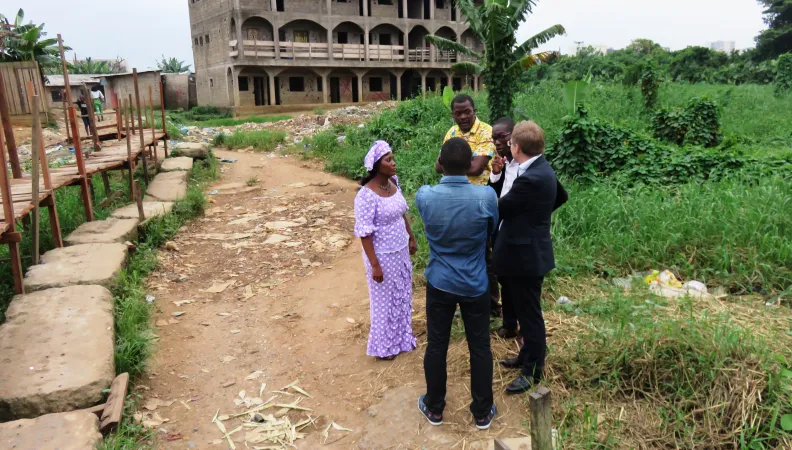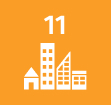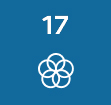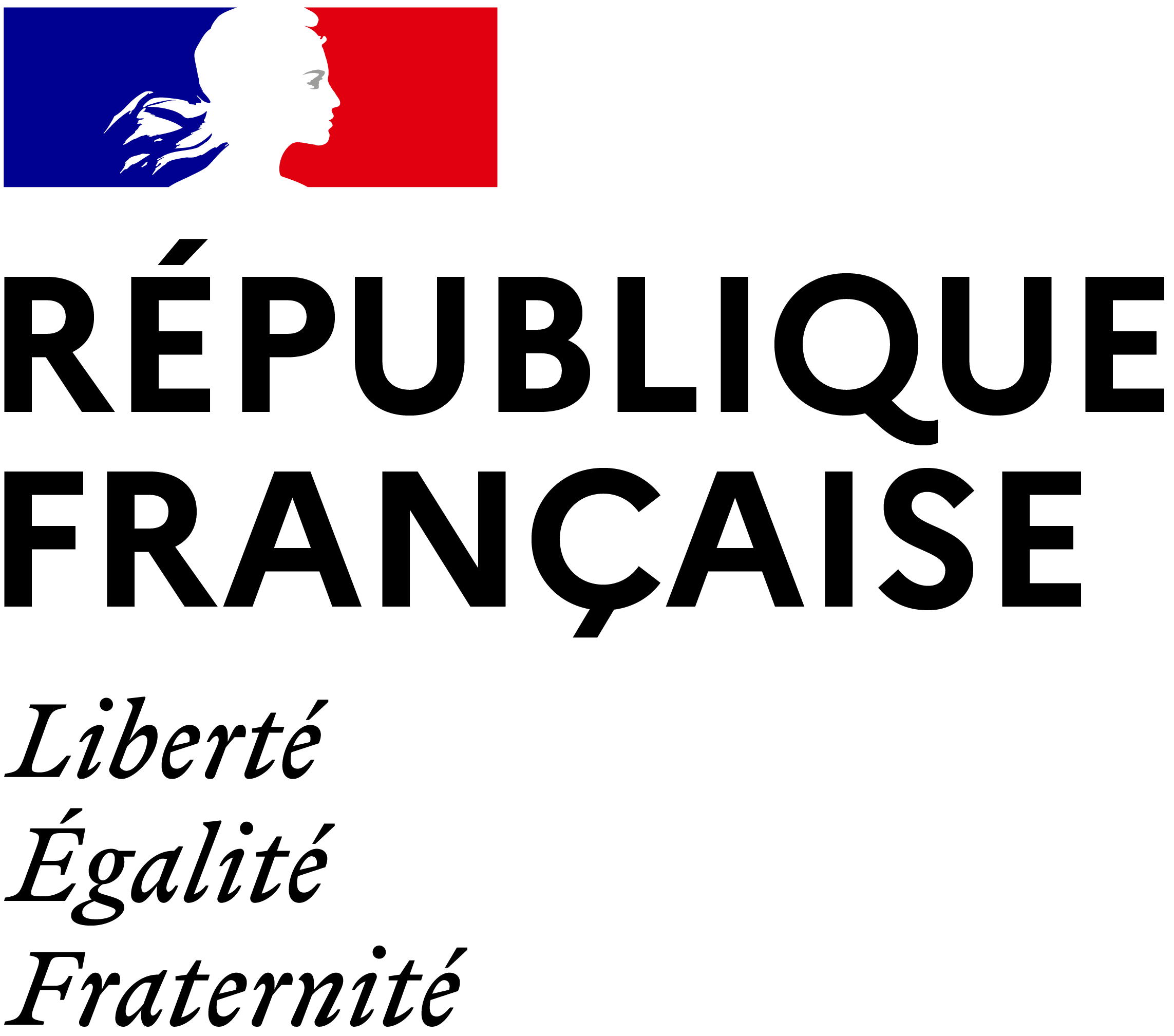Share the page
A more sustainable city: remodelling a vulnerable neighbourhood in Douala’s flood zone
Project


-
Project start date
-
Status
In progress
-
Estimated date of project termination
-
-
Project financing date
-
-
Financing duration
-
4 years
-
Type of program
-
FFEM
-
Global financing amount
-
6000000 €
-
FFEM financing amount
-
1500000 €
-
Project lead member institution(s)
-
AFD
-
Country and region
-
Cameroon, Central Africa
-
Type of financing
-
Beneficiaries
-
The urban community of Douala (CUD)
-
Type of beneficiary
-
Public local authority



As a result of urban sprawl, Douala’s vulnerable populations have started settling in wetlands that are lacking infrastructure and liable to flooding. Supported by the FFEM, the “Douala, sustainable city” project is taking an innovative approach as it actively integrates climate risks into urban planning to make these disadvantaged neighbourhoods more resilient.
Context
The terrain, hydrography and climate of Cameroon’s economic capital and main maritime port, Douala, make it very liable to flooding, particularly in the wetland valley bottoms. These are essential for managing rainwater and regulating heat islands. However, a burgeoning population and rapid urban sprawl have pushed vulnerable inhabitants to settle there, endangering the wetlands and threatening ecosystems.
Supported by the FFEM, the “Douala, sustainable city” project aims to better integrate climate change and the risk of flooding into urban planning. It also seeks to improve resilience and living conditions in affected neighbourhoods by implementing an innovative approach on the Maképé Missoké pilot site.
Description
The project has 4 components:
- Enhance knowledge and awareness of flood hazards and the effects of climate change in order to plan and develop a sustainable and resilient city.
- Design and implement a pilot restructuring project for a vulnerable neighbourhood, focusing on protecting a wetland area and building flood resilience.
- Encourage and supporte economic development on the pilot site by drawing upon existing activities and generating new ones directly linked to development of the water masses.
- Embed and capitalise the project to plan for replicability on other sites facing the same issues of vulnerability and exposure to flooding.
Outcomes
- Develop of a climate change observatory with a focus on exceptional rainfall events.
- Implementat of an urban project: developing access routes, installing public lighting, improving waste collection etc.
- Set up a recycling centre, a cooperative space where items can be recycled and support provided for local growers and people involved in recycling.
- Construct of a “Green hub ”, where people can come together, share a meal, learn about environmental issues and swap ideas.
Innovative and exemplary features
Supported by the FFEM, this project is particularly innovative, given the Agenda 21 goals for the city of Douala and the requirements of the land use plan (plan d’occupation des sols - POS). This is due to the fact that urban biodiversity in these remaining urban spaces has been given due consideration, as they are usually overlooked. In fact, the neighbourhood in question has been selected for its environmental quality and suitability for becoming a pilot site which can be reproduced in other parts of the city.
Furthermore, the methodology and innovative developments proposed appear to be perfectly reproducible, as they only require simple assembly and rely on local capability. The objective is therefore to shape current urban practices and protect other threatened natural areas, particularly within the urban environment.
Sustainable Development Goals
ODD11 Sustainable cities and communities

ODD13 Climate action

ODD17 Partnerships for the goals



